Ever noticed those decorative tips on door hinges? They’re not just an aesthetic choice; they have their own name and history. Enter: door hinge finials.
Door hinge finials are the small, usually ornate pieces that sit on the top and bottom of some door hinges, providing a refined look to the otherwise mundane hardware.
With so many door accessories out there, understanding each one’s utility and design significance becomes important. Let’s delve deep into the world of door hinge finials.
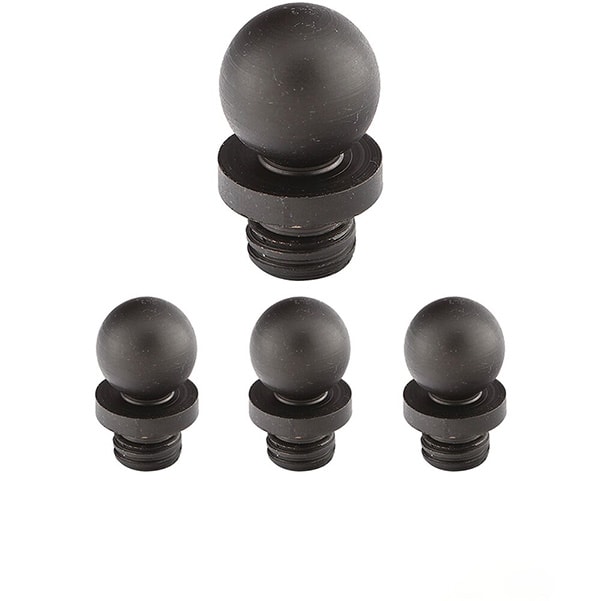
What are door hinge finials?
Traditionally speaking, a finial is a distinctive ornament at the apex of an object, like curtain rods or lamps. In the context of door hinges, they offer a decorative finish.
Door hinge finials are often threaded and screw onto the pin of a hinge, making them easy to swap out for different designs or to replace if they get damaged.
There’s a vast range of designs, from simple spheres to intricate patterns that can perfectly match the vibe of your room or building.
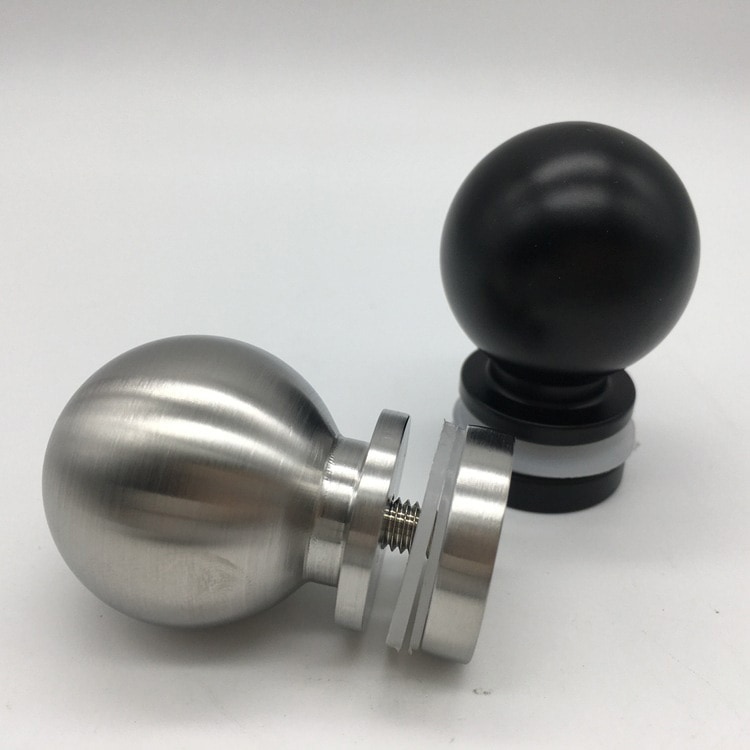
Why should you consider them for your doors?
Door hinge finials, though small, can make a significant impact. They can act as the perfect finishing touch, elevating the entire look of a door.
In high-end homes and historical buildings, these little additions can stand out, showing attention to detail and commitment to preserving an authentic aesthetic.
Choosing the right finial can also be a reflection of personal style, making ordinary door hardware a piece of art in its own right.
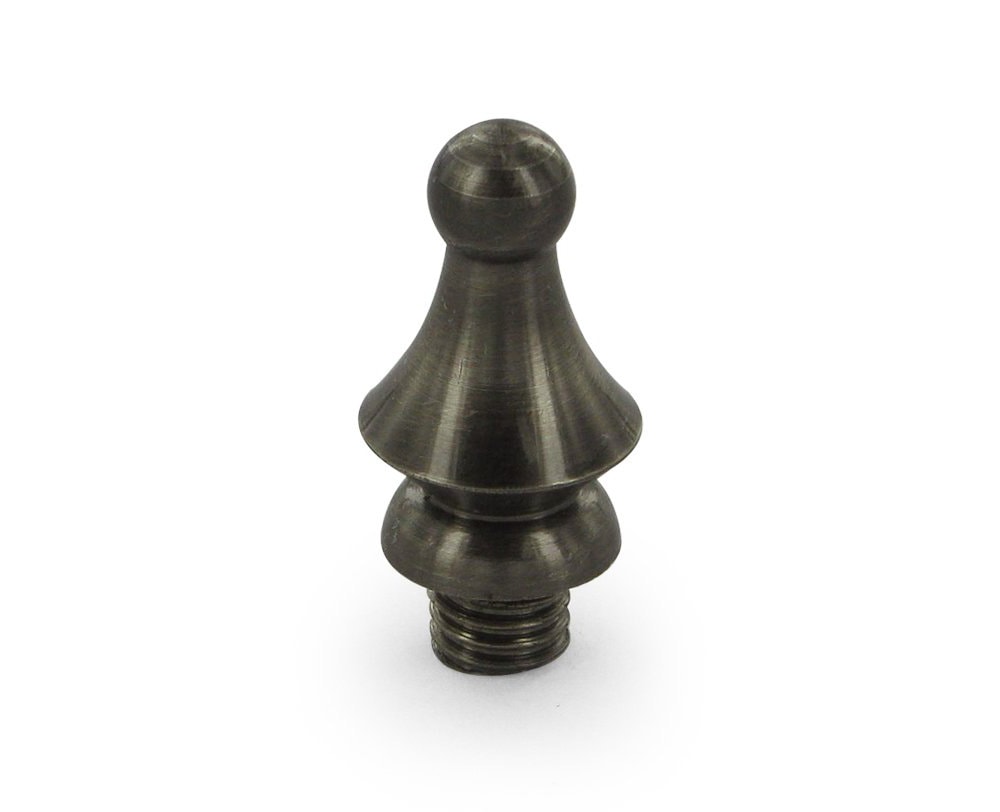
How are they different from regular hinge pins?
A hinge pin is a functional part of the door hinge, allowing the door to swing open or closed. It’s often a plain, cylindrical piece of metal.
The finial, on the other hand, is purely decorative. It attaches to the end of this hinge pin, turning a functional component into an elegant accessory.
It’s the difference between wearing a watch to tell the time and wearing a watch as a statement piece of jewelry.
Are there historical designs to consider?
Throughout history, especially in stately homes or palaces, the hinge finials often had intricate designs or family crests.
Victorian era homes, for instance, frequently had elaborate finials, while Arts and Crafts-style homes might have simpler, more geometric shapes.
Understanding the history of a property can help homeowners select finials that are period-appropriate, adding authenticity to renovations.
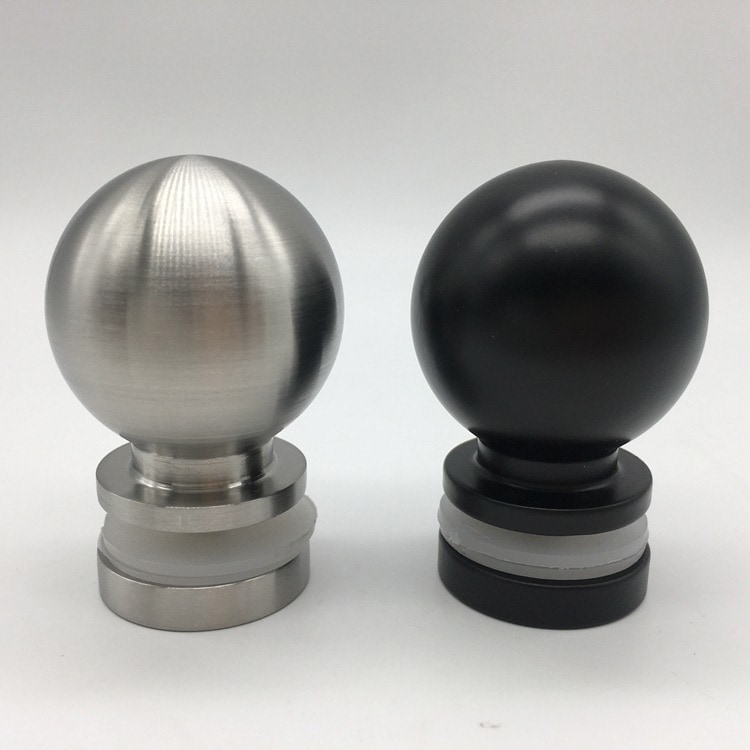
How do you choose the right finial?
Material, design, and size are all crucial factors. Consider the overall design theme of your home and the specific door’s style and material.
For a rustic look, aged bronze or wrought iron finials might be apt, while polished brass or nickel would suit more modern aesthetics.
Always ensure the finial’s threading matches your hinge pin for easy installation.
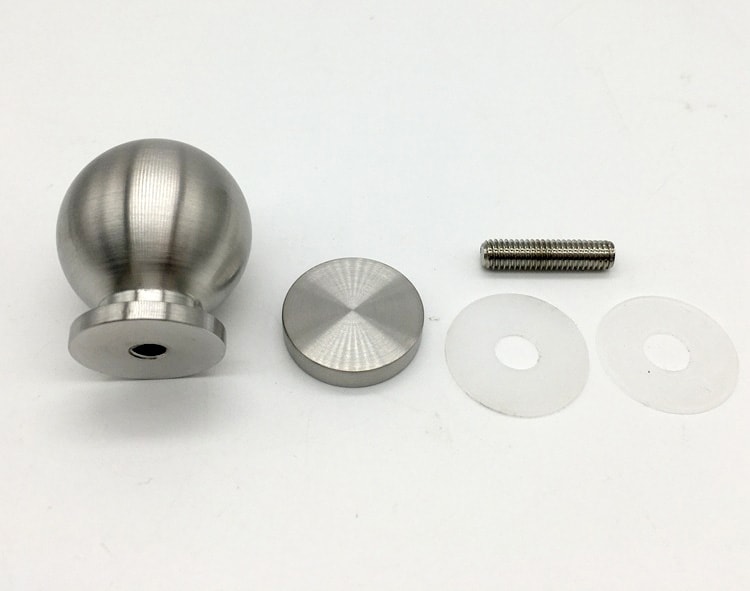
How do you care for and maintain them?
Like any other hardware, hinge finials need maintenance. Regularly dusting and wiping them keeps their luster intact.
For metal finials, especially in humid climates, occasional polishing can prevent tarnishing. It’s also wise to check the threading to ensure they remain secure over time.
Replacement is also straightforward, making it easy to update or refresh the look when needed.
What if you want to customize?
Custom-made finials can be a great way to make a statement. Many artisans or specialized companies offer bespoke designs.
This is a chance to incorporate unique designs, symbols, or even family crests. Custom finials can become heirlooms, passed down through generations.
However, remember that custom designs might take time and could be pricier than off-the-shelf options.
Enhancing Security Through Design
The design and choice of door hinge finials directly impact the security aspect of industrial hardware. Intricately designed finials can act as a deterrent to tampering, deterring potential unauthorized entry attempts. By intricately melding form and function, these finials not only beautify the hinge but also contribute to the overall security system of the door.
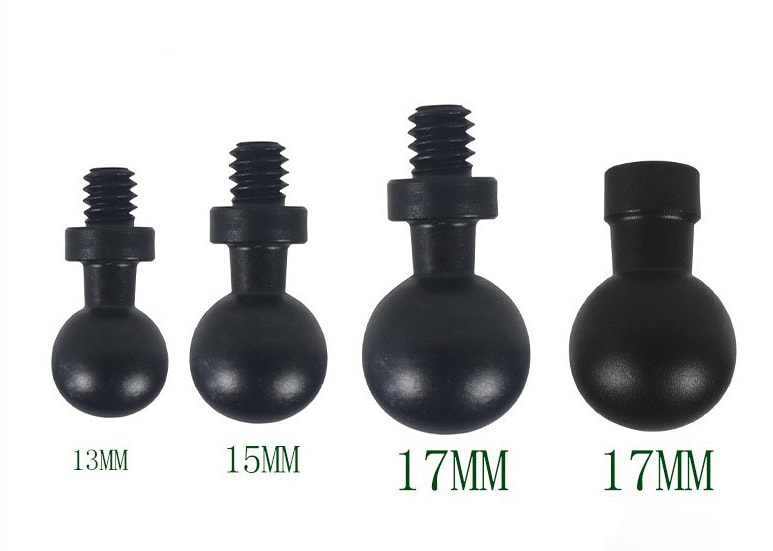
Types of Door Hinge Finials
Door hinge finials come in an array of styles, catering to diverse industrial aesthetics and functional requirements. From traditional ball finials to sleek, modern cylindrical designs, each option offers a unique blend of elegance and utility. Manufacturers often craft these finials from robust materials such as stainless steel or brass, ensuring longevity even in demanding industrial environments.
Visual Appeal Meets Functionality
Beyond their security and utilitarian role, door hinge finials significantly contribute to the visual appeal of industrial hardware. These unobtrusive yet meticulously designed elements add a touch of sophistication to the overall door aesthetics. Designers can play with various finishes, from polished chrome to antique brass, to seamlessly integrate the finials into the desired design scheme.
Conclusion
Door hinge finials are small yet significant. Whether it’s for aesthetic appeal, a nod to history, or a personal touch, these little pieces can add finesse to any door. Choose wisely and let your doors make a statement!
You might also be interested:




